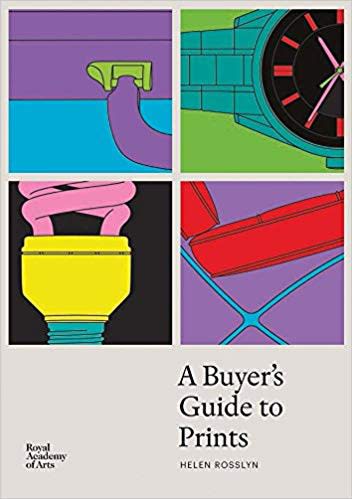Etching is an intaglio process in which a plate is covered with an acid-resistant layer of wax called an etching ground. The image is then drawn into this surface with an etching needle, the softness of the wax allowing the etched lines to be much freer than those in engraving.
The plate is immersed in an acid bath until the acid has bitten into the drawn lines, ready to hold the ink. The strength of the etched lines depends on the length of time the plate is left in the acid bath. Finally the etching ground is removed and the plate is inked and wiped before being passed through an etching press, transferring the image onto a piece of paper in reverse.
-
Examples
-

Grayson Perry, Map of an Englishman, 2004
Etching
-

Thomas Gainsborough, The Gypsies, c.1724
Etching
-

James Abbott McNeill Whistler, The Two Doorways, from Twelve Etchings, 1879-80
Etching
-

Pierre Emery, The Etching Press from the front, 1701
Etching
-

Jake and Dinos Chapman, The Story of the Eye, 2012
Etching with chine collé
-

Samuel Palmer, The Herdsman’s Cottage, 1850
Etching
-







 A Buyer's Guide to Prints
A Buyer's Guide to Prints